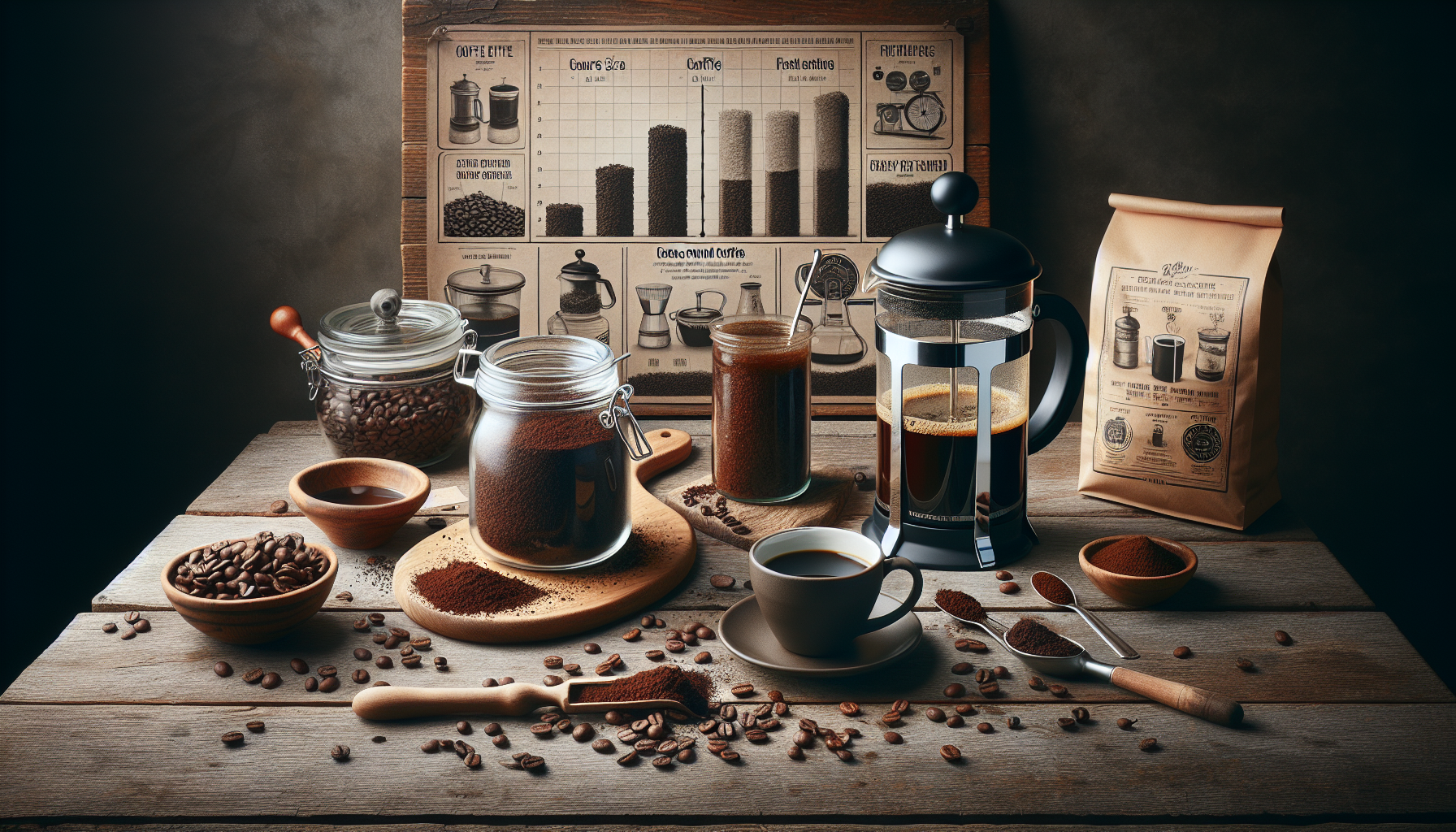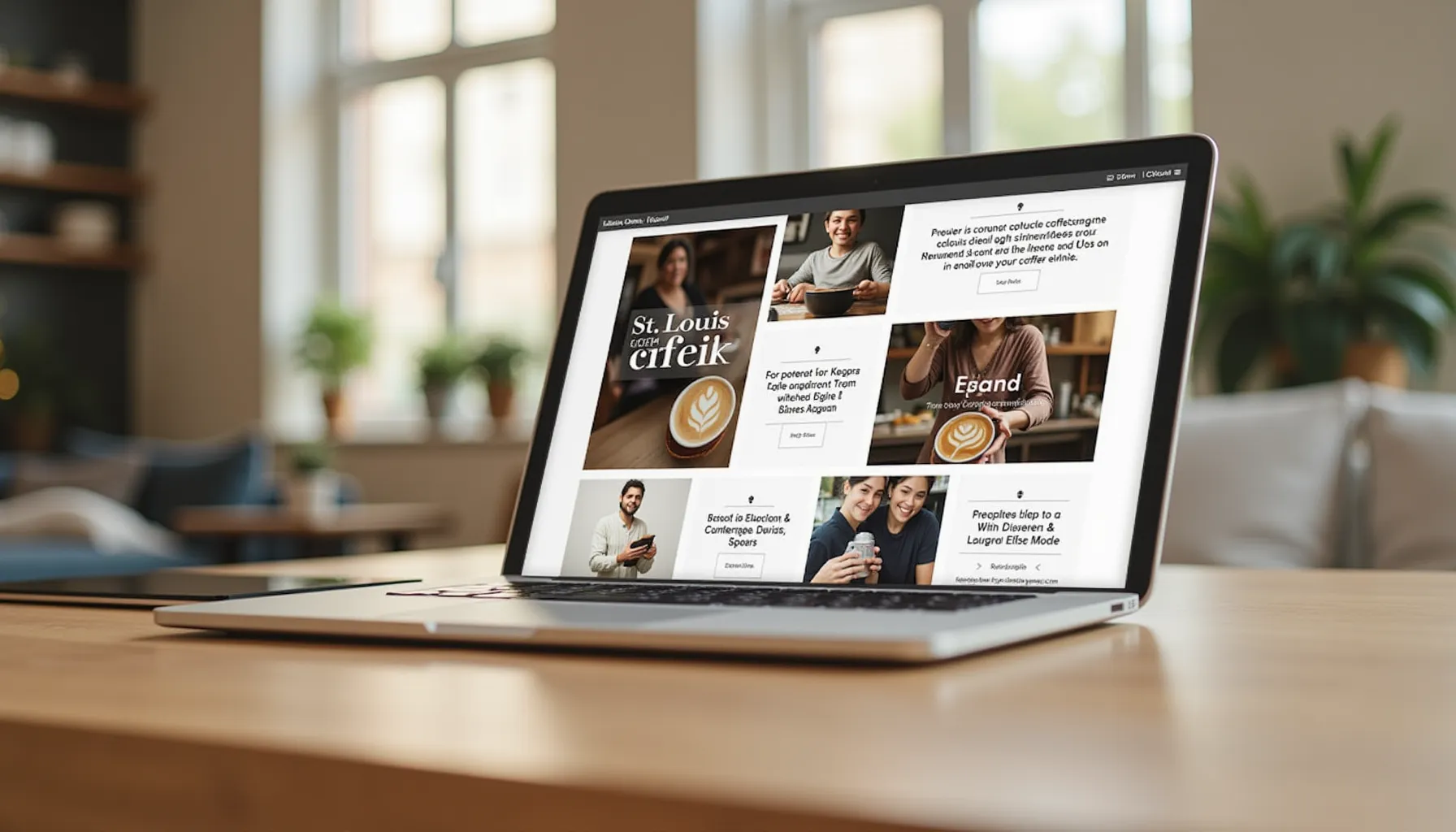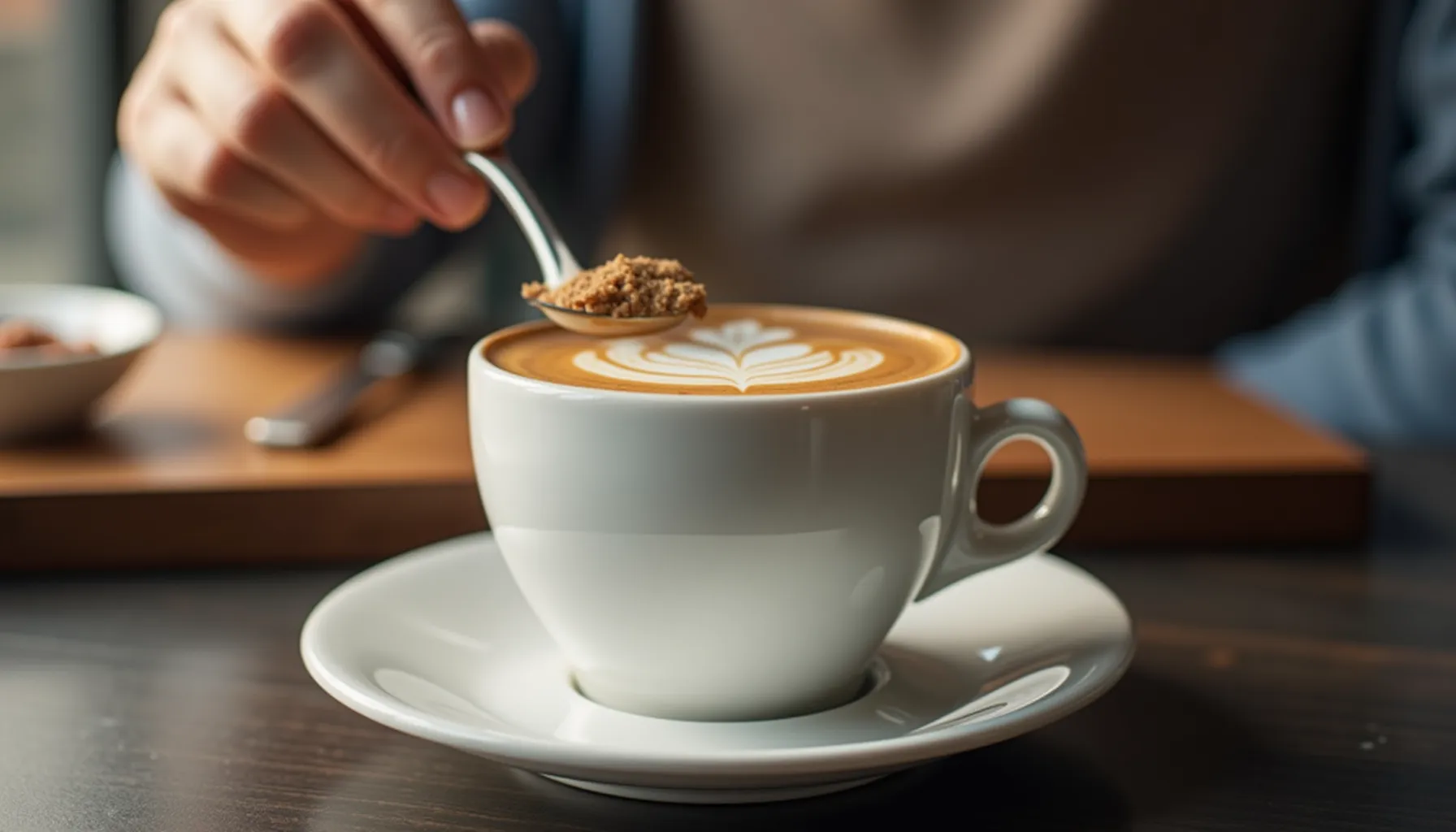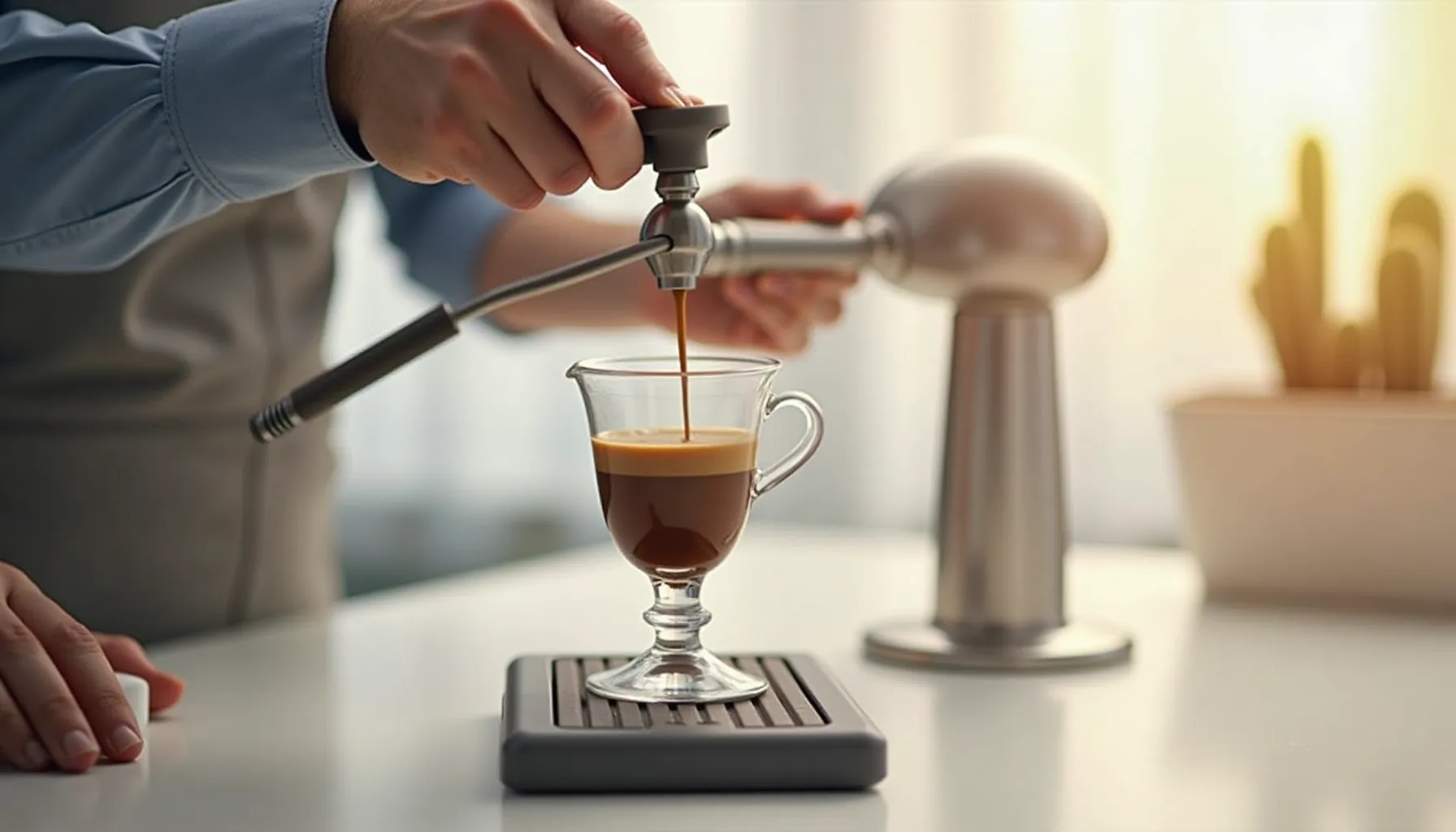Unlocking Flavor: The Power of Coarse Ground Coffee
Coarse ground coffee is a game changer for anyone looking to elevate their brewing experience. Whether you're a casual drinker or a dedicated coffee aficionado, this grind size plays a crucial role in unlocking rich flavors and aromas. When prepared correctly, coarse grounds can transform your coffee routine into a delightful ritual. Did you know that using a proper grind size can lead to a smoother, less bitter cup? Learn more about coffee and how grind sizes impact your brew.
Key Takeaways:
- Coarse ground coffee allows for optimal flavor extraction.
- This grind size is perfect for methods like French press and cold brew.
- High-quality, freshly roasted beans enhance the taste.
- Storing coarse coffee correctly preserves its rich profile.
- Experimenting with different grind sizes can lead to unique flavor experiences.
Join us as we dive into the world of coarse ground coffee, exploring the best brewing methods, flavor profiles, and tips to enjoy a truly aromatic coffee experience.

What is Coarse Ground Coffee?
Definition and Characteristics
Coarse ground coffee refers to coffee beans that have been ground to a larger particle size, often resembling sea salt. This grind size is key for certain brewing methods, allowing water to extract flavors without overwhelming bitterness. The texture is coarse enough to facilitate a smoother brewing process, ensuring that you enjoy the full spectrum of flavors in every sip. Not only does it stand out visually, but it also influences how the coffee interacts with water during brewing. Opting for this grind size is essential for achieving a balanced cup, as it prevents rapid flavor extraction that can happen with finer grinds. Coffee Review shares insights on how the grind size can alter not just taste but also the brewing method you choose.
The Role of Grind Size
Grind size plays a pivotal role in the coffee-making process. It affects both the brewing time and the overall extraction of flavors. Coarse grinds are ideal for methods that involve longer steeping times, such as French press or cold brew. These techniques allow water to interact with the coffee longer, drawing out rich flavors while mitigating undesirable bitterness. Studies show that the extraction levels can vary significantly, making grind size a crucial factor in crafting the perfect cup. When you understand the importance of this variable, you can experiment with different brewing methods to uncover how a simple change can impact your coffee experience.
Brewing Methods that Favor Coarse Ground Coffee
French Press: The Classic Method
The French press is a beloved brewing method for lovers of coarse ground coffee. It allows the coffee grounds to steep in hot water, extracting robust flavors while maintaining a full-bodied texture. To brew the perfect French press, start by adding coarse grounds at a ratio of about one tablespoon per four ounces of water. Stir gently, let it steep for around four minutes, and then press down the filter. The result? A rich, aromatic cup that highlights the nuanced flavors of your coffee. This method capitalizes on the benefits of coarse grounds, resulting in a smooth brew that won’t leave you with an overly bitter taste. Barista HQ provides additional tips for perfecting your French press brewing technique.
Cold Brew: A Refreshing Alternative
Cold brew coffee is another fantastic way to enjoy coarse ground coffee. This method involves steeping the coffee in cold water for an extended period, usually 12 to 24 hours. The coarse grind plays a crucial role in this process, allowing for full flavor extraction without excessive bitterness. Simply combine one cup of coarse coffee grounds with four cups of cold water, stir, and let it steep in the fridge. After steeping, strain the mixture through a coffee filter or fine mesh sieve, and voilà! You’ve got a deliciously smooth, refreshing drink perfect for warm days. The cold brew experience is a hit among coffee enthusiasts, thanks to its low acidity and rich flavor. For more on cold brew techniques, check out Thrillist.
Other Brewing Techniques
Besides French press and cold brew, several other brewing methods benefit from coarse ground coffee. Techniques like the percolator or using coffee bags can also enhance flavor when employing this grind size. The percolator allows for repeated cycles of water through the coffee, making the coarseness of the grind essential for balanced extraction. Additionally, using coffee bags permits a hassle-free brewing experience, mimicking tea steeping with coarse grounds, and yielding a satisfying cup. Trying out different methods can be a fun way to discover your favorite coffee characteristics, showcasing the versatility of coarse ground coffee.

Selecting Quality Coffee for Coarse Grinding
Understanding Coffee Beans
When it comes to coarse ground coffee, the choice of beans is paramount. High-quality coffee beans often make a world of difference in flavor. Specialty beans sourced from reputable regions like Colombia, Ethiopia, and Guatemala are known for their distinctive profiles. The variety and origin of the beans contribute to the aromatic, fruity, or even nutty notes that can shine through in your brew. To ensure a great cup, look for options that emphasize single-origin or blends from renowned growers. By selecting quality coffee beans, you elevate your brewing experience, allowing the unique characteristics of coarse ground coffee to truly stand out. For further insights on bean selection, check out Coffee Detective.
Freshness Matters
Freshness is critical when it comes to coarseness and flavor. Ideally, you want to buy whole beans and grind them yourself shortly before brewing. Once roasted, coffee beans start to lose their vibrancy—flavor can fade within just a couple of weeks. Not only does grinding fresh beans bring out the best in your coarse ground coffee, but it also allows the natural oils to contribute to a fuller flavor profile. Store your beans in an airtight container away from light and heat to maintain that freshness. The right storage will significantly boost the flavor of your brews. Discover more about coffee freshness and storage on National Coffee Association.
Sustainable Sourcing
Ethical coffee sourcing isn't just a trend—it's becoming a staple for conscious consumers. When selecting coarse ground coffee, consider brands that prioritize sustainability. Look for certifications like USDA Organic, Rainforest Alliance, or Fair Trade, which ensure that farmers are paid fairly and that environmental practices are upheld. Many brands now focus on sustainability in their production processes, so you can enjoy your coffee knowing it's been sourced responsibly. Supporting these brands not only enriches your coffee experience but also contributes to global sustainability efforts. For a list of ethical brands, hop over to EcoWatch.
The Benefits of Using Coarse Ground Coffee
Reduced Bitterness and Over-extraction
One of the standout advantages of using coarse ground coffee is its ability to minimize bitterness and avoid over-extraction. Since coarse grounds extract flavors slower than finer grinds, you're likely to enjoy a balanced cup that highlights the rich, nuanced flavors tied to your chosen beans. This quality makes it a preferred choice for individuals who find themselves sensitive to the bitter notes in standard brewed coffee. Ultimately, using coarse grounds can enhance your overall coffee-drinking experience, presenting a smoother, more enjoyable flavor profile.
Simple Brewing Techniques
For those new to coffee making, coarse ground coffee provides a user-friendly brewing experience. Its forgiving nature means there's less stress about timing and precision, making it ideal for beginners. Methods like the French press or cold brew are forgiving and require minimal equipment and skill—making coffee preparation easier than ever before. Plus, who doesn't love the idea of an effortless cup of coffee? You'll appreciate how a simple switch to coarse grounds opens the door to delicious, hassle-free brewing.
Versatility in Brewing
Coarse ground coffee is surprisingly versatile! Not only can it be used in traditional methods like the French press and cold brew, but it also shines in other creative brewing techniques. From pour-over systems to using coffee bags, the options are plentiful. Moreover, it's even a fantastic addition to recipes, such as coffee-infused desserts or robust marinades. This flexibility inspires many coffee lovers to explore different flavors and combinations, enhancing their coffee experience far beyond just the morning cup. The versatility of coarse grounds allows for endless possibilities!
Storage Tips to Maintain Freshness and Flavor
Proper Storage Techniques
To keep your coarse ground coffee tasting fresh, optimal storage is key. Make sure to store your coffee in an airtight container—preferably opaque—to protect it from light and moisture. Glass or ceramic containers work well, but avoid clear options that allow light exposure. It’s important to keep your beans (or grounds) in a cool, dark place, ideally around room temperature. By following these storage practices, you can help retain the rich flavors and aromas inherent in your coffee.
The Role of Time and Environment
The environment your coffee is stored in significantly influences its longevity. Air, heat, and moisture are the three biggest enemies of fresh coffee. Even before you open the package, coffee begins to lose its freshness after roasting. Ideally, aim to consume your coffee within two weeks of roasting for the best flavor. If you don't go through coffee quickly, consider buying smaller batches to ensure you savor every cup at its peak flavor. Learn more about the chemistry behind coffee storage at Coffee Friend.
Reviving Stale Coffee
If you find yourself with stale coarse ground coffee, don’t toss it out just yet! While stale coffee might not brew the perfect cup, there are creative ways to salvage it. Consider using it in baked goods, smoothies, or even as a rub for meats. The richness of the coffee can infuse a unique flavor, transforming your stale batch into something delicious. Experimenting with stale coffee opens up new culinary adventures and prevents waste, making it a win-win situation.
A Flavorful Farewell
Embracing coarse ground coffee opens doors to a world of rich flavors and enjoyable brewing experiences. By understanding how this grind size influences methods like the French press and cold brew, you're setting yourself up for coffee success. The selection of high-quality, fresh beans ensures that every brew captures the essence of the coffee, while sustainable sourcing practices provide peace of mind for socially conscious consumers.
As you delve into the diverse brewing techniques that coarse grounds offer, you'll discover that they're not just easy to use but incredibly versatile as well. From simple home brews to inventive culinary uses, the opportunities are endless. Freshness and proper storage play vital roles in maintaining flavor, reminding us that even the best coffee can lose its magic if not treated right. By experimenting with different methods and prioritizing quality, you can elevate every sip into a delightful ritual that enrichens your daily life.
Your Coarse Ground Coffee Questions Answered
What is coarse ground coffee, and how is it different from other grind sizes?
Coarse ground coffee has larger particle sizes, resembling sea salt. This grind type is ideal for brewing methods like French press and cold brew, allowing slower extraction and highlighting rich flavors compared to finer grinds.
What brewing methods are best for coarse ground coffee?
The French press and cold brew are the most popular methods. Both techniques benefit from the slower extraction process, producing smoother cups with less bitterness.
How can I ensure my coffee beans stay fresh?
Store your coffee beans in an airtight, opaque container in a cool, dark place. Try to consume them within two weeks of roasting for the best flavor.
Why is sustainability important in coffee sourcing?
Sustainable sourcing supports fair trade practices and environmentally friendly farming. This ensures coffee farmers receive fair compensation and encourages practices that protect the planet.
Can I use stale coarse ground coffee, and if so, how?
Yes! Stale coarse ground coffee can still be valuable in baked goods or savory dishes, adding unique flavor profiles while reducing waste.












